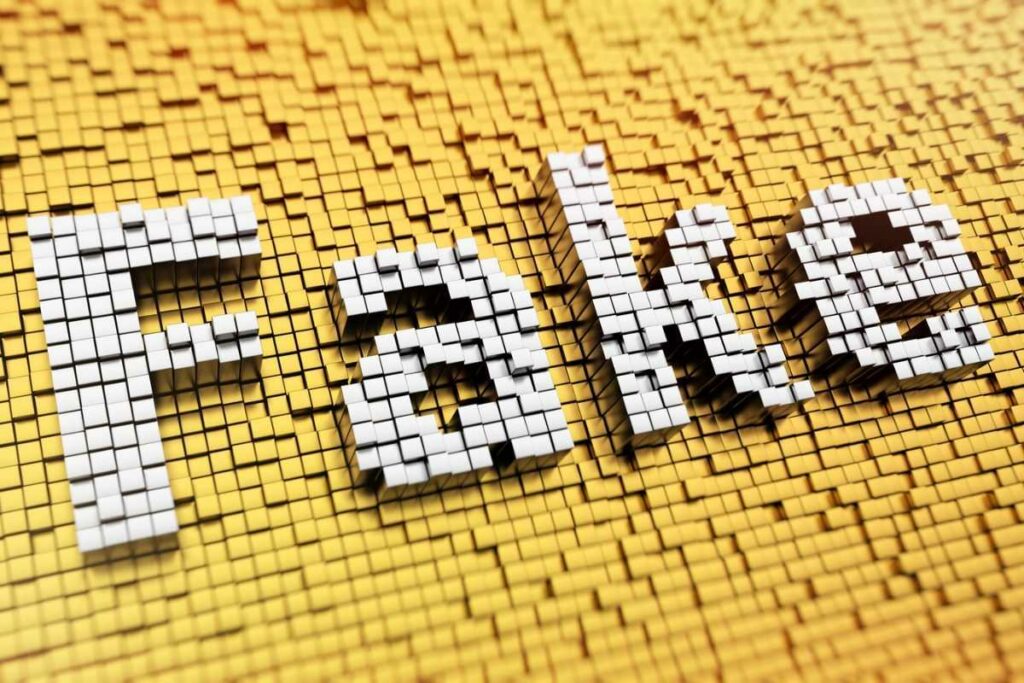A non-fungible token (NFT) is a special identifier that can be used to assign and prove ownership of digital goods using cryptography. NFTs for digital art have fetched millions of dollars. It is challenging to distinguish between original and fake NFT. How to spot a fake NFT?
As non-fungible tokens gain popularity in the art world, more people are asking themselves this question. Plagiarism and fakes are becoming more of a problem as NFTs help many traditional and digital artists make art profitable once more.
5 Ways To Spot Fake NFT Collection
Verify the legitimacy of the NFT seller or artist
Check the artist’s website and social media accounts if you think you bought an NFT directly from them to confirm. Make sure you’re viewing an official account and not a fake one created by a scammer.
It’s always a good idea to double-check the information on official websites and various social media platforms. It’s probably a bad sign if you’re having trouble locating a reliable source of information. Another choice is to seek guidance and context in trustworthy NFT communities.
Carefully review the NFT website
Fraudsters have been known to replicate entire websites. Therefore, even though the NFT website appears to be legitimate, you might be using the wrong URL. If you look closely enough, you can usually see indications of fabrication on a fake website, such as blank spaces, poor-quality text, and other errors.
Additionally, you should never enter your financial information on a website before verifying its legitimacy. Once you’ve linked your wallet to a phony website, its owners can easily access your money.
Also Read: What Are Music NFTs? How Are They Changing Music Industry?
Verify NFT sales volume
There is a good chance that the NFT has been traded before if you are buying an NFT from a popular series. By viewing the NFT on a blockchain explorer or NFT marketplace aggregator, you can verify this. If the NFT has never been sold before, further research is worthwhile.
Check the activity history again to make sure these transactions don’t involve the same or a small number of wallets, even if there have been enough sales. It’s possible that a fraudster is buying and selling their own counterfeit NFTs in an effort to manipulate sales volume and price.
Examine the cost of the NFT
It’s probably true if the price seems too good to be true. To see how it stacks up against the asking price of the NFT of interest, check the floor price for the entire series. It’s highly unlikely that a crypto punk you find for sale for $5,000, for instance, is authentic. As previously stated, you should always check to make sure the price wasn’t manipulated by a select few wallets, even if it appears to be legitimate.
Check the contract address on the NFT
Another vital piece of information to verify is the contract address of the NFT, in addition to the seller’s wallet and the NFT’s on-chain data. You ought to be able to learn the collection’s precise contract address from a reliable source. The NFT is not authentic if it differs. By checking the contact addresses you can identify fake NFTs easily.
Also Read: What is NFT Staking? Pros and Cons of NFT Staking.
The presented content may include the personal opinion of the author and is subject to market condition. Do your market research before investing in cryptocurrencies. The author or the publication does not hold any responsibility for your personal financial loss.

